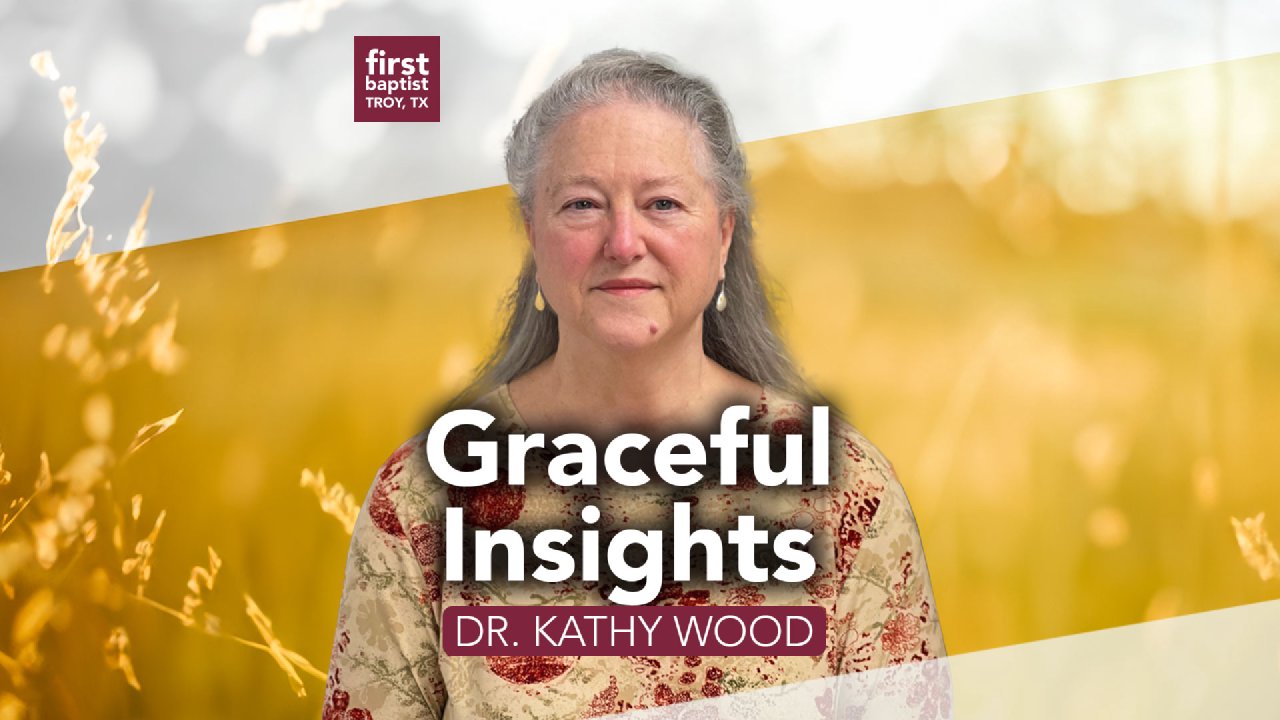In today’s episode, we’ll finish up with a history of the controversy, even looking at how Texas plays a part. Then, onto the “hot issues” like how old is the earth? And what “flavors” of creationism are there? And finally, lots of different organisms are really very similar – what is that all about?
FULL TRANSCRIPT:
So far, we have gone over some of the terminology dealing with evolutionary theory and we have also taken a quick look at a large part of the history of the evolution/creation controversy. So, in this podcast we will finish up the history and then jump into some of the “hot issues” surrounding this controversy. But history first!
As I mentioned in the previous podcast, creationists have been unsuccessfully arguing since the 1980s for equal opportunity to teach creationism in public schools along with evolution. We looked at several court cases to illustrate this. Let’s continue with this line of thought.
In 2019, there were 5 anti-evolution bills introduced in the United States, mostly to protect teachers who wanted to add information about creationism as they taught evolutionary theory, in the interests of “academic freedom”. The main argument that these bills have faced is that in teaching alternative theories to evolution, it presents these theories as equally scientifically valid even though the scientific community as a whole does not agree with them.
It is argued by the scientific community that this anti-evolution and pro-creationist sentiment could have a huge negative impact on students and our educational system as a whole. According to the pro-evolutionist argument, 1st of all because it is unconstitutional to teach creationism and secondly because it may let students reject science and the scientific method in favor of keeping their pre-existing beliefs without questioning those beliefs at all. As the world becomes more scientifically oriented, a larger number of students would be unprepared to compete.
Now let’s take a quick look at Texas. What we do in Texas sometimes affects the entire United States, believe it or not. In 2013, the Texas Board of Education approved a biology textbook presenting evolution as the only explanation for development of life on earth. This was followed in 2017 by the elimination of any language that openly questioned evolution in the science curriculum of Texas schools. Since public schools are funded by the state, it was decided that much care had to be taken to prevent infringing on the 1st Amendment which deals with establishing religion within a government entity.
Well, why does that matter, except in Texas? Here’s the answer – Texas purchases more high school science textbooks than any other state. That means that whatever science standards are approved by the Texas Board of Education will be in the textbooks ordered by the state and this to a great extent determines what textbooks are used throughout the United States.
I think we have had enough history for now!
Now, let’s shift over to some of the hot issues surrounding this controversy. Let me say from the beginning that we could actually spend hours on the “hot issues”. If you simply Google the evolution/creation controversy, you can immediately see that lots of people have lots to say on both sides of the argument. We don’t have time to deal with all of that but, as I mentioned in the last podcast, we will touch on the biggest areas of disagreement – the origin and age of the earth, the origin of life on the earth, and the origin of humans as we continue. So here we go!
Exactly how old is the earth? Evolutionary theory states that organisms originated/developed about 4.5 billion years ago and that humans are a relatively “new creation” which evolved from previous, lesser organisms and that we are still evolving into something even better. Creationists, on the other hand, base their position on what the Bible says about God creating the earth and all life, and specifically, humans. However, creationists do not all agree on how long it took God to create the earth and life – we will look at some differences in a minute. Nor do they agree on HOW He did it. They do, however, believe that the Bible clearly indicates that we are God’s final creation. In other words, humans are not evolving into something else.
So, let’s look at the different “kinds” of creationism that are out there. We won’t get into all the different types of creationism out there but let’s look at a few of them. The Young Earth creationists and Gap creationists state that God created humanity and that humans did not evolve from earlier primates. (The primates include monkeys, apes, and humans, among a few other animals.) They believe that humans were specially created by God, not by evolution. The main difference between Young Earth and Gap creationism is that the Young Earth creationists say that the earth is less than 10,000 years old and is probably actually around 6000 years old while the Gap creationists believe that the earth really is billions of years old – that whatever science says about it is true. The Young Earth creationists base their belief on a literal reading of the book of Genesis in the Bible which says that all life was created in 6 days. They also look at the genealogical records recorded in the Bible – these records show how long individuals lived and if you add up all the times, it approximates 6000 years, although if the records are not complete, there may be a few thousand years more to reckon with.
Progressive creationists say that humans were specially created by God, but that He based their creation on the anatomy of evolving primates. Intelligent Design creationists say that there was divine or special intervention in the creation of humans and the rest of life on earth because life is too complex to have happened randomly by natural selection. Those holding the theistic evolution viewpoint believe that God “oversaw” creation but strictly used normal evolution to carry out the creative process. Theistic evolutionists differ from strict evolutionists primarily in that they believe God managed the evolution – that the appearance of life on earth was not random in any way.
So what are the main pieces of evidence cited by evolutionists as supporting the theory of evolution? First, similarities between different organisms, especially within their DNA, then the fossil records, the distribution of species geographically, and recorded changes in species. We should also add that in some cases, direct observation, especially in organisms that have short life spans, is also evidence used to support the theory of evolution.
Let’s look at the similarities between different organisms. When scientists began to classify living organisms into different taxonomic groups, the groupings primarily depended on similarities in the anatomy of organisms and, especially in the anatomy of the embryos of those organisms. It was thought that if 2 embryos looked pretty much alike, they probably had a common ancestor.
Since we are able now to look at the actual sequences of genes in different organisms and then compare those sequences to each other, it did not take long to figure out that the compared gene sequences were remarkably similar. The explanation for this by evolutionists is the idea of “common descent”. Common descent means that creatures that have similar genes in their DNA must have evolved from a common ancestor. So, according to evolutionists, if genes in different species are similar in their DNA sequence, that means that there was a common ancestor whose genes changed a little bit so that we ended up with different species. Other than the theistic evolutionists, most creationists do not agree with the evolutionary theory idea of “common descent”. Instead, they say that common genes only mean that the different species had a common designer, which was God.
Since we are talking about DNA right now, this is the perfect place to talk about mutations that can occur in DNA. These mutations are changes in the DNA sequence that can be inherited by the offspring of those animals or plants. Geneticists have long realized that most mutations are deleterious – i.e., they hurt that species – but some mutations are actually helpful to the species. For example, bacteria commonly pick up mutations and even other genes from other species of bacteria that allow them to be resistant to our antibiotics. Obviously, this is a positive mutation as far as the bacteria are concerned!
Along these same lines, creationists consider the process of evolution to be a random process. Evolutionists disagree with this. Indeed, mutations in DNA and in genes may occur randomly but once they have occurred, natural selection is not at all random. For example, if an organism gets a new characteristic because of the mutation, and this characteristic helps them survive a little better and reproduce, that particular characteristic will tend to increase in the population of that organism. Of course, the reverse is also true. That is what natural selection or “survival of the fittest” is and it is not random.
This is probably a good place to bring up another common disagreement between creationists and evolutionists – the subject of macro evolution versus micro evolution. But we have run out of time! Macro evolution and microevolution really introduce the 2nd area of evidence for evolutionary theory anyway – the fossil records. Let’s save that for the next segment, where we will also talk about something called biogeography and those tricky vestigial organs, like the appendix. See you next time!





